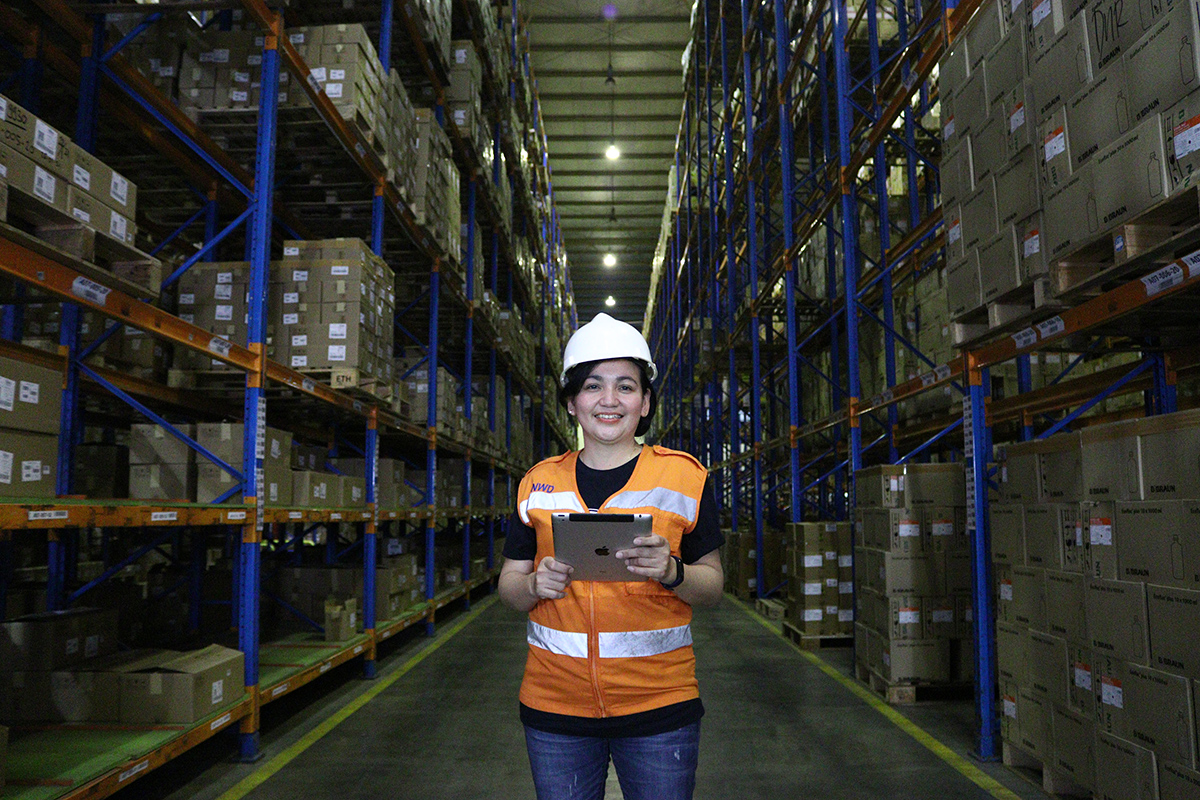
|
May
30
2023
|
Get to know the safety aspects of working in a warehouse!Tue, 30 May 2023
In the distribution and logistics sector, the warehouse is one of the vital elements of the company. This is because the main function of the warehouse is to store the company's assets, namely products that are ready to be distributed. Therefore, it is very important for warehouse workers to maintain the company's assets so that the company's operational activities continue to run well and achieve maximum profits. In addition to safeguarding the company's assets, an important thing that warehouse workers must pay attention to is work safety. The work process in a warehouse that has many potential hazards can increase the risk of injury and work accidents. This is supported by research data from Cyzerg (a warehousing technology system company from the United States) which states that from 2015 to 2019, there were 19 cases of work accidents in the warehouse every year. The work accidents that often occur in warehouses are: 1. Hit by a forklift 2. Being hit by heavy objects 3. Error in performing manual lifting/handling 4. Falling for various reasons 5. Exposure to hazardous and toxic chemicals These facts are a reminder for businesses and workers to be aware of the importance of implementing work safety aspects in the warehouse. This has also been regulated in Permenaker No. 5 of 2018 concerning Occupational Safety and Health. So, what are the aspects of work safety that workers need to pay attention to in the warehouse? Aspects of Work Safety in the Warehouse 1. Risk Management This aspect is carried out to identify and evaluate the risks in the warehouse. OHS experts in the warehouse ensure that all potential hazards have been identified and have taken appropriate risk minimization measures. 2. Training to Workers In this aspect, the company should ensure that all workers in the warehouse have undergone appropriate safety training. They should be given knowledge on the safe use of heavy equipment (forklifts), emergency evacuation procedures, handling hazardous materials, and the proper use of personal protective equipment (PPE). 3. Layout Planning Ensure that goods are placed in the warehouse in a safe and appropriate position and make the flow of goods as efficient as possible. Ensure clear evacuation routes, provide enough space to store equipment and vehicles, and separate pedestrian and vehicle routes. 4. Personal Protective Equipment (PPE) The company ensures that appropriate personal protective equipment (PPE) is available and can be used by workers in the warehouse, such as safety helmets, safety vests, safety shoes, and gloves. 5. Routine Inspection This aspect can be carried out by an OHS Expert at the company or a worker appointed by the company. Ensure that workers are compliant to implement safety procedures in the warehouse. If there are violations, enforcement measures must be taken to prevent unsafe conditions for workers. 6. Ergonomics In this aspect, it is necessary to pay attention to ergonomic workplace design for workers in the warehouse, such as adjusting the height of shelves, providing appropriate tools for lifting goods, and providing information on manual handling/lifting procedures. 7. Handling of Hazardous Materials If the warehouse stores hazardous and toxic chemicals, it must be ensured that proper handling procedures are in place, special safe storage areas are available, and workers use appropriate personal protective equipment. 8. Emergency Evacuation In this aspect, the company must have a clear plan for emergency evacuation routes. This can be assisted by installing safety signs that are visible to workers. Also ensure that emergency evacuation equipment, such as fire extinguishers, fire alarms, first aid kits, and other evacuation equipment are adequate. After that, conduct evacuation training for workers in the warehouse. 9. Cleanliness and Maintenance It is important to maintain cleanliness and perform routine maintenance on equipment and infrastructure in the warehouse to prevent unsafe conditions from occurring. 10. Good Communication This aspect ensures that there is a good communication channel between workers, company OHS experts, and management for reporting unsafe conditions, incidents that occur in the warehouse, and suggestions for improvement. Each warehouse has different needs for occupational safety aspects according to the type and size of its operations. Therefore, it is important to conduct risk management and implement best practices in occupational safety to minimize the risk of occupational accidents and create a safe working environment in the warehouse.
#logistik
|
 Back
Back




